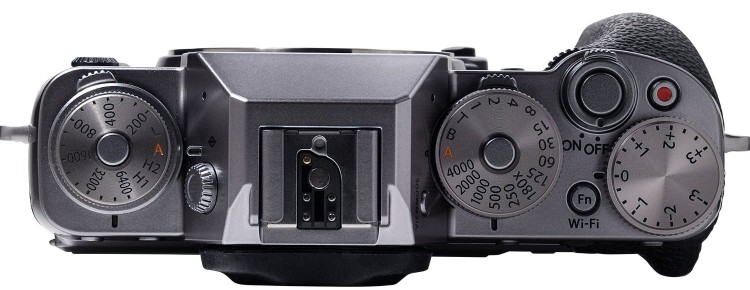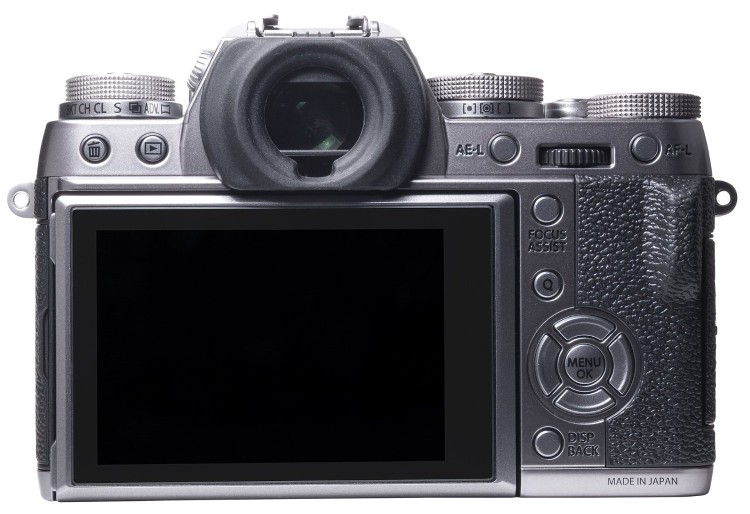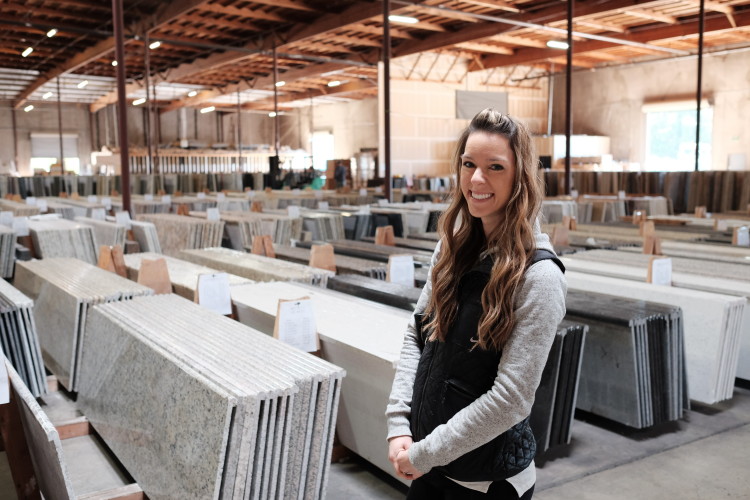I’ve been wanting to write this Fuji X-T1 review for quite some time now. I was sent the Fuji X-T1 a few months back, and had the pleasure of shooting with it for about a month. You may have previously read my article and review on the X100S, and you know that I really like the mirrorless system from Fuji. The cameras are extremely light, their sharpness is superb, and overall they have a great handle and feel to them, in a package that looks like a classic camera. So when I was offered the chance to review the Fuji X-T1, I jumped on it. I was sent the graphite Silver edition body, as well as the 23 mm f1.4 lens, which is in full frame terms a 35mm equivalent. I was really happy that they sent me this specific lens, because I really wanted to use the camera and lens combination.
Look and Feel
The look and feel of the Fuji X-T1 is wonderful. Their cameras have a classic look and feel to them, which goes back to the earlier days of film cameras. The physical dials on the top of the camera make you feel connected to the settings more than a typical DSLR camera, which is pretty cool. Unlike my X100S, the Fuji X-T1 has a dedicated ISO wheel on the left side, and exposure compensation on the right. The shutter button sits in front of those, and has a great feel to it when you are pressing it. I come from the Canon camera world, with a 5D Mark III and 5DS, and I was not really used to having an on off switch right where the shutter button is. I much prefer a dedicated switch to turn the camera on and off. However, aside from that, the top dials on the Fuji X-T1 are fantastic. The back of the camera features a tiltable display, trash and play buttons, exposure lock, a wheel, and many other buttons. While having my x100S may have prepped me for the button layout a little bit and the menu system, I am much more a fan of the button layout on my 5D Mark III then I am on the Fuji X-T1. I’m sure that the layout will do great for most people, but I think that Fuji will update the button layout on the next version of this camera.

Menu System
Coming from the Fuji X100S, I had already had some practice with the menu system from Fuji. One of the best things, in my opinion, is the customizable shooting modes. Because I often chose to shoot in JPEG format with this camera, having the ability to jump between classic chrome, black and white, or some other profile, was great. The menus can get a little crazy, and while I do prefer the menu system on my 5D Mark III, I believe that the menu on the Fuji X-T1 will work just fine for most users.

Function
Let me just start off by saying that I did not put the Fuji X-T1 through a highly professional test. No test charts were shot, I pretty much tested it as a travel and backup camera. With that out-of-the-way, let me get to the function of the camera. My favorite part of the camera is by far the electronic viewfinder. Having the ability to see what your exposure will be completely changes the way that I shot. No longer did I need to chimp the back of the camera to check my exposure. I still would check focus occasionally, But we will get to that later. This viewfinder is bright, And I felt that the refresh rate was very good in most situations. In very dark environments, the Fuji X-T1 may fall behind a traditional optical viewfinder, but with current technology that is to be expected. The electronic viewfinder truly made the Fuji X-T1 a pleasure to use.
Now let’s get to the auto focus. I would say that the one major downside of this camera would be the autofocus. I am so used to my amazing focusing system on my 5D Mark III, that the auto focus on the Fuji felt a bit hit and miss. Unless I was in perfect light, I did not truly feel like I could rely on it 100% of the time. This was the feature that I was most disappointed with. While the autofocus was not bad, it just didn’t live up to my expectations. When I felt that I absolutely needed the shot, I grabbed my 5D Mark III. That was unfortunate to me. I know that many of you have ditched your DSLR cameras in favor of mirrorless cameras, and my question to you would be: do you have the same issues with autofocus? Please feel free to let me know in the comments below. Another issue that I ran into often was the inability to use continuous autofocus. I use continuous autofocus at least half the time, and was simply not able to do that with the Fuji X-T1. I think that feature added to my inability to get many shots in focus. If you are the type of shooter who shoots set portraits where your subject is not moving, then this camera will be nothing but good for you.
Aside from the autofocus, I really did enjoy this camera. The feature that I enjoyed second most had to be the wi-Fi system. I have never had wi-Fi on any camera before, and the ability to transfer a picture of my choosing, or multiple pictures to my phone was wildly valuable. That feature alone, in my opinion, makes this camera an amazing travel camera in conjunction with this lens. When you nail focus, and would like to send that picture of you in front of the Roman Coliseum to your family and friends quickly, or to upload it to social media very quickly, the Fuji X-T1 is perfect for the job. I would much rather take this camera traveling with me than any Canon camera that I own.
Image Quality
Image quality on the Fuji X-T1 is fantastic. It features the same sensor as my X100S,which for a 16 megapixel camera, and really packs a punch. When I nailed focus, I just loved the images. I felt like the dynamic range on this camera was also fantastic, giving me the ability to raise up my shadows and play with my highlights when I shot in raw. I did not, however, shoot in raw all the time. This lies in Fuji’s great JPEG images. Since I used it as a travel camera, I didn’t want to process a ton of raw images after I went somewhere or was with family. In that way, I felt like the Fuji kicked the butt of my Canon. Everyone likes some specific aspect of a camera or lens, something special. That something special is the JPEG that come out of the Fuji X-T1. That’s what I like about my X100S, and the same was true for this camera.
Conclusion
So, would I buy a Fuji X-T1? Personally, I don’t think that this camera is the best camera for how I shoot. That really surprised me. My X100S is a fantastic camera that I thoroughly enjoy shooting with when I travel, and I think that it will continue to do the job for me. The Fuji X-T1 does have an interchangeable lens system, and that is a plus. If you are someone looking for a nice professional backup camera, it might be the right choice for you. You will also be able to, because of its small form factor and lack of weight, take it more places then your large DSLR camera.
Fuji XF 23mm f/1.4 R Lens
I also want to do a mini review of the 23 mm 1.4 lens from Fuji. In full frame equivalent, this is a 35 mm lens. Over time, I have grown to like be 35 mm focal length more and more. It is great for environmental portraits, group shots, and general use photography. In many ways, I liked this lens more then some of my L series Canon class. The first plus of this lens is it’s manual aperture ring. It makes changing your aperture a breeze and enjoyable. You feel as if you are connected to the camera when you are shooting, simply because of this feature in conjunction with the electronic viewfinder of the X-T1. The lens also features a full-time manual focus override, by pulling back the focus ring just a bit until you hear it click. If you are the type of photographer who likes to jump between manual and autofocus, then the Fuji line of the lenses will be great for you. I use this feature occasionally, and when I was able to see the focus peeking in the right light, it helped get some shots in focus that I would have otherwise had some trouble with. The lens is extremely sharp, and that is to be expected with a Fuji lens. They make amazing glass. It runs about the same price as the Sigma 35mm F1 .4 art lens. However, most people don’t consider that you also have to multiply the aperture as well as the focal length when you are dealing with a crop sensor camera. That would make this lens a 35 mm F2 lens. You then have to consider if you want to pay $900 for an F2 lens, and that decision is up to you. What I can say is that this lens is extremely sharp and fun to use. If you are into the 50 mm equivalent focal length, Fuji also released an f2 weather resistant lens earlier last year, which is much more affordable.
Support The Brotographer by clicking through this link to view or purchase the X-T1 below.





